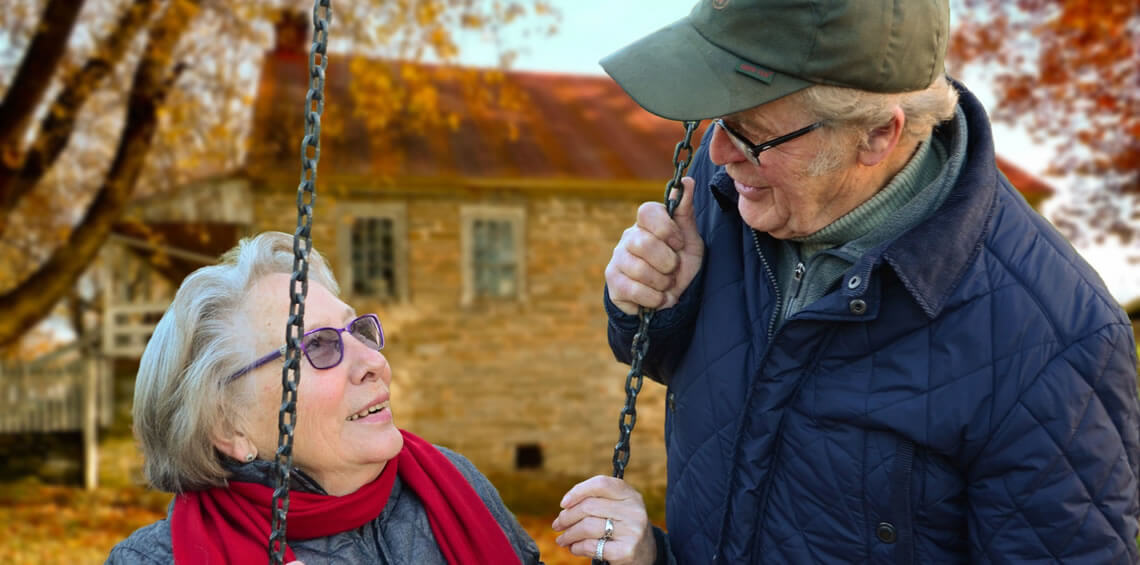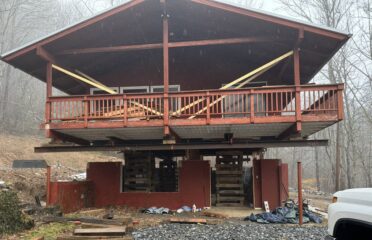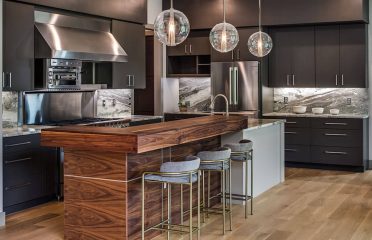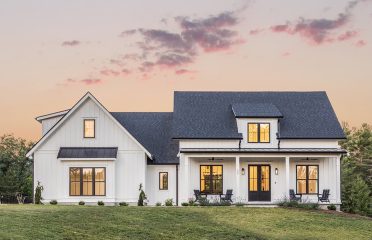A Case for Aging in Place
When people go through the time, energy, and expense of building their custom home, they usually want to stay in the home for as long as possible as they age. It’s now commonplace to see aging in place considerations in many house plans these days.
What is Aging in Place?
The phrase “aging in place” is a popular term in current housing conversations and means older adults plan to and are able to remain living in their home with some level of independence as they age. They choose to remain at home instead of moving to a senior living arrangement. Aging in place typically means that older adults maintain a level of autonomy and independence not available with other senior living options.
Benefits of Aging in Place
While there are many benefits to aging in place, four stand out when making decisions about building a home with aging in place as a priority in the design.
- Maintaining independence allows older adults to have control over their routine, activities, and life decisions. Day-to-day activities can be challenging with age related physical or cognitive decline. Wide hallways and wide doorways can accommodate mobility devices, such as walkers, wheelchairs and scooters. Walk-in bathtubs, adjustable showerheads, rimless shower doorways make bathrooms easier to navigate. One-level-living eliminates the need for stairs, which may be fall hazards. When living on one level isn’t possible, an elevator is a good idea.
- A familiar setting of their cherished space offers comfort and security to older adults as they age. The emotional value of home is far more important than its monetary value for many older adults, so being in a space that feels like home can have a positive impact on quality of life. Everything is familiar in the home, from where silverware and the TV remote are kept, to knowing which switches work which lights.
- Aging in place offers a healthier and safer environment. Planning for aging in place when building a home can improve an older adult’s quality of life, which improves their physical health, when compared to someone in a senior living home. Being at home also insulates older adults from the bacterial and viral risks found in senior living facilities, reducing their chance of contracting a serious illness.
- Cost-savings from aging at home can be substantial when considering the alternative cost of senior living facilities. If you’re considering remodeling your home or building a custom home, consider planning for aging in place if staying in your home for as long as possible is a priority for you.
Preparing Your Home for Aging in Place
It isn’t the case for everyone, but oftentimes our clients plan to grow old in their custom-built homes. We see this play out in several ways with wide hallways and wide doorways, ample space between the kitchen counters and the island, one level living options and bathrooms built with the possibility of reduced mobility taken into account. Adding an elevator and even a dumbwaiter to the house plans can add an additional level of safety by reducing the need to use the stairs. Many older adults want to use the stairs for as long as they are able, so planning for additional lighting and stronger hand railings is common.
For others, aging in place means remodeling their home to accommodate their needs as they age. We always recommend making these modifications to your home before you need them to reduce chances for accidents. A walk-in tub is a great way to help reduce falls in the bathroom. Often, we see renovations that include moving the primary bedroom and bathroom to the main living floor. When that’s not possible, we look at adding an elevator.
Needs often change for older adults, and some changes to the home are easy and inexpensive. Interior lights can be brightened and equipped with motion detectors if reduced vision, especially in the dark, is a consideration. Knobs on doors and cabinets can be changed to levers to help with arthritic fingers and hands. Rugs and other items can be removed to reduce the risk of tripping. Grab bars and chairs can be installed in showers and tubs.
When to Call the Pros
It’s important to keep in mind that not everything needed for aging in place is obvious. Your home may need to evolve with you as you age. We can help.







